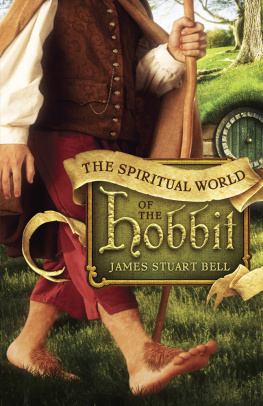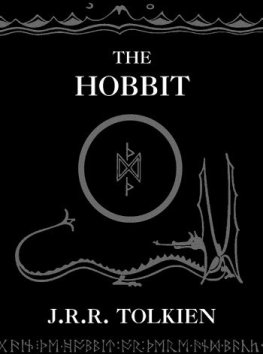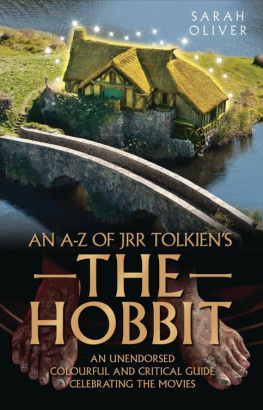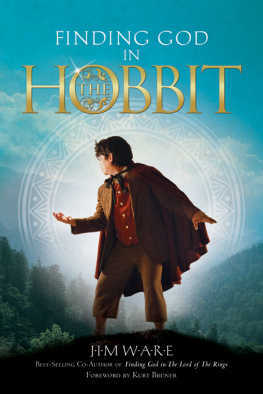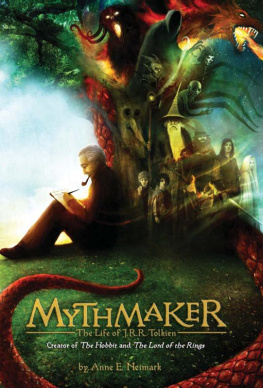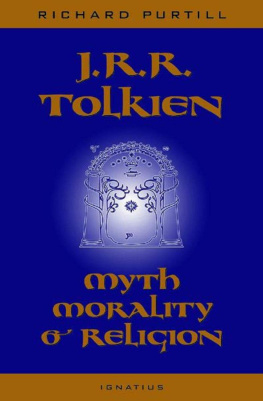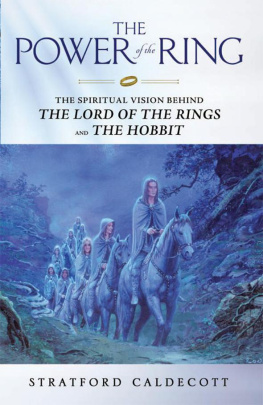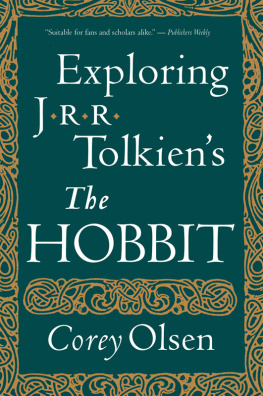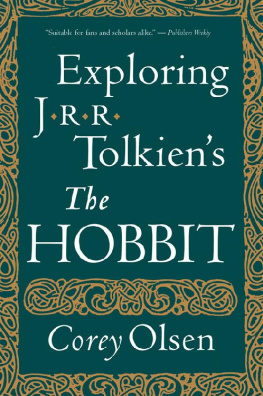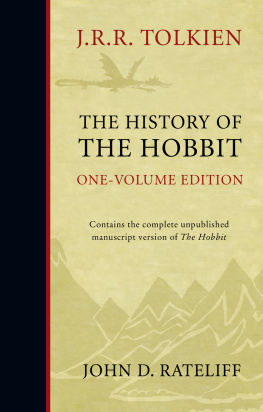
Books by
James Stuart Bell
F ROM B ETHANY H OUSE P UBLISHERS
Angels, Miracles, and Heavenly Encounters
From the Library of A.W. Tozer
From the Library of Charles Spurgeon
Love Is a Flame
Love Is a Verb
Love Is a Verb (Devotional)
The Spiritual World of the Hobbit

2013 by Whitestone Communications, Inc.
James Stuart Bell with Sam ONeal
Published by Bethany House Publishers
11400 Hampshire Avenue South
Bloomington, Minnesota 55438
www.bethanyhouse.com
Bethany House Publishers is a division of
Baker Publishing Group, Grand Rapids, Michigan
www.bakerpublishinggroup.com
Ebook edition created 2013
All rights reserved. No part of this publication may be reproduced, stored in a retrieval system, or transmitted in any form or by any meansfor example, electronic, photocopy, recordingwithout the prior written permission of the publisher. The only exception is brief quotations in printed reviews.
ISBN 978-1-4412-6058-1
Library of Congress Cataloging-in-Publication Data is on file at the Library of Congress, Washington, DC.
Unless otherwise indicated, Scripture quotations are from the Holy Bible, New International Version. NIV. Copyright 1973, 1978, 1984, 2011 by Biblica, Inc. Used by permission of Zondervan. All rights reserved worldwide. www.zondervan.com
Scripture quotations identified ESV are from The Holy Bible, English Standard Version (ESV), copyright 2001 by Crossway, a publishing ministry of Good News Publishers. Used by permission. All rights reserved. ESV Text Edition: 2007
This book has not been authorized or endorsed by J. R. R. Tolkiens estate, The Hobbit , The Lord of the Rings trilogy, or anyone involved in The Hobbit or The Lord of the Rings movies.
Cover design by Kirk DouPonce, DogEared Design
To my grandchildren
Wyatt James and Eden Belle,
Brogan William and Hudson Taylor,
and new baby Laird Seamus,
and our journeys together
there and back again.
Contents
Acknowledgments
M uch gratitude to Kyle Duncan, who encouraged me to pursue a book on Tolkien, as well as my talented editor Christopher Soderstrom. Many blessings upon Sam ONeal for his timely assistance. And to my dear wife, Margaret, for her sustaining cups of tea.
Introduction
P erhaps you havent yet read The Hobbit , even though people around you say its a must-readyou just need a good reason to make this classic worth your while. Or maybe youve read every word of every volume related to Middle-earth and are seeking still another approach to deeper understanding and enjoyment.
Wherever you are along the wayat the very start, looking back and ready to travel all over again, or anywhere in betweenI want to explore with you the spiritual dimension of this world, peopled with exotic creatures and fantastic adventures, yet consistent with the universe brought into being by our Creator and originating in the mind of an author with a firm belief in Christian revelation.
Elves. Goblins. Dwarves. Dragons... Creatures like these have populated the landscape of human mythology for thousands of years. Their adventures bridge generations and cultures, both capturing and kindling our imaginations. We love these tales because they grant us access to a world beyond our own.
Of course, with such a rich history of stories and storytellers, this world can feel rather dense at times. Characters and themes have a tendency to crowd together, sometimes overlapping or even contradicting one another. Thats why it is such a rare and wonderful treat when something original and unexpected comes along and meaningfully contributes to the genre.
Something like a hobbit.
At first glance, hobbits dont seem to mesh well with their more mysterious or glamorous comradesespecially as heroes. They are small in stature. Their most notable attributes include a thick layer of fur on their feet, a thick layer of padding around their waists, and an ability to quickly, quietly disappear when big folk come lumbering near them.
And yet we must consider the words of the wizard Gandalf, spoken to Bilbo Baggins, when evaluating what hobbits are made of: There is always more about you than anyone expects!
This is true of Bilbo, and it certainly is true of the tale that introduced him to our world.
First published in 1937, The Hobbit is one of the most popular books ever written. It has never been out of print, it has won numerous awards, and its success created a platform from which J. R. R. Tolkien could launch other works, including The Lord of the Rings and, posthumously, The Silmarillion .
Why This Book?
I am a Tolkien fan through and through. Ive negotiated the terrain of Middle-earth a number of times; each journey there and back again has provided new discoveries, new joys. Consequently, this volume is both an outpouring of my appreciation for the world he fashioned and a record of my explorations there.
Still, you may wonder what else can be added to the conversation surrounding Tolkiens life and work. Do we really need another book about his books?
I think the answer is yes. The main reason is that, despite its immense success, several misconceptions remain concerning the adventures of Bilbo Baggins and company. Usually stemming from a lack of information, these misconceptions prevent readers from fully appreciating and benefitting from Tolkiens genius.
For example, many readers view The Hobbit as a simple, uncomplicated story, especially when compared to The Lord of the Rings trilogy. The tale is often perceived as a kind of appetizera snack before diving into the real meat of Middle-earth.
Such perceptions fall short of reality. While The Hobbit differs from Tolkiens larger works in style and tone, it is as superbly crafted and brilliantly polished as any of his creations. Indeed, because he took such pains to fine-tune the details of Bilbos adventures, they are a vital piece that fits seamlessly into Tolkiens more expansive domain.
Thats why Ive packed so much information into this book. I believe that with a little help, anyone can appreciate the broader panorama of Middle-earth while venturing along with Bilbo, Gandalf, Thorin, and the rest.
Another common misconception is that The Hobbit is less spiritual than The Lord of the Rings and The Silmarillion . In fact many are unaware that spiritual themes permeate all of Tolkiens books.
Two basic facts will assist us here. First, J. R. R. Tolkien was a strong and outspoken Christian who spoke openly about his faith in all walks of lifefrom the halls of Oxford University to his dinner table at home and beyond. He even played a prominent role in C. S. Lewiss journey from atheist to Christ-follower.
Second, Tolkien formed Middle-earth on a foundation of Christian ideals and themes, which I will explore throughout this book. These motifs are straightforward in The Silmarillion , a broad history of Middle-earth from the worlds creation all the way to Saurons defeat. The spiritual elements in The Lord of the Rings are well documented and straightforwardly discerned.
In The Hobbit , Tolkiens theological underpinning is subtler and frequently beneath the surface. All the same, its current runs deep, and it touches every single aspect of the story.
This book is an effort to mine the spiritual signatures within that foundation, including Tolkiens emphasis on characters moral development, the omnipresence of Providence, and the fiery battle between good and evil.
Next page
